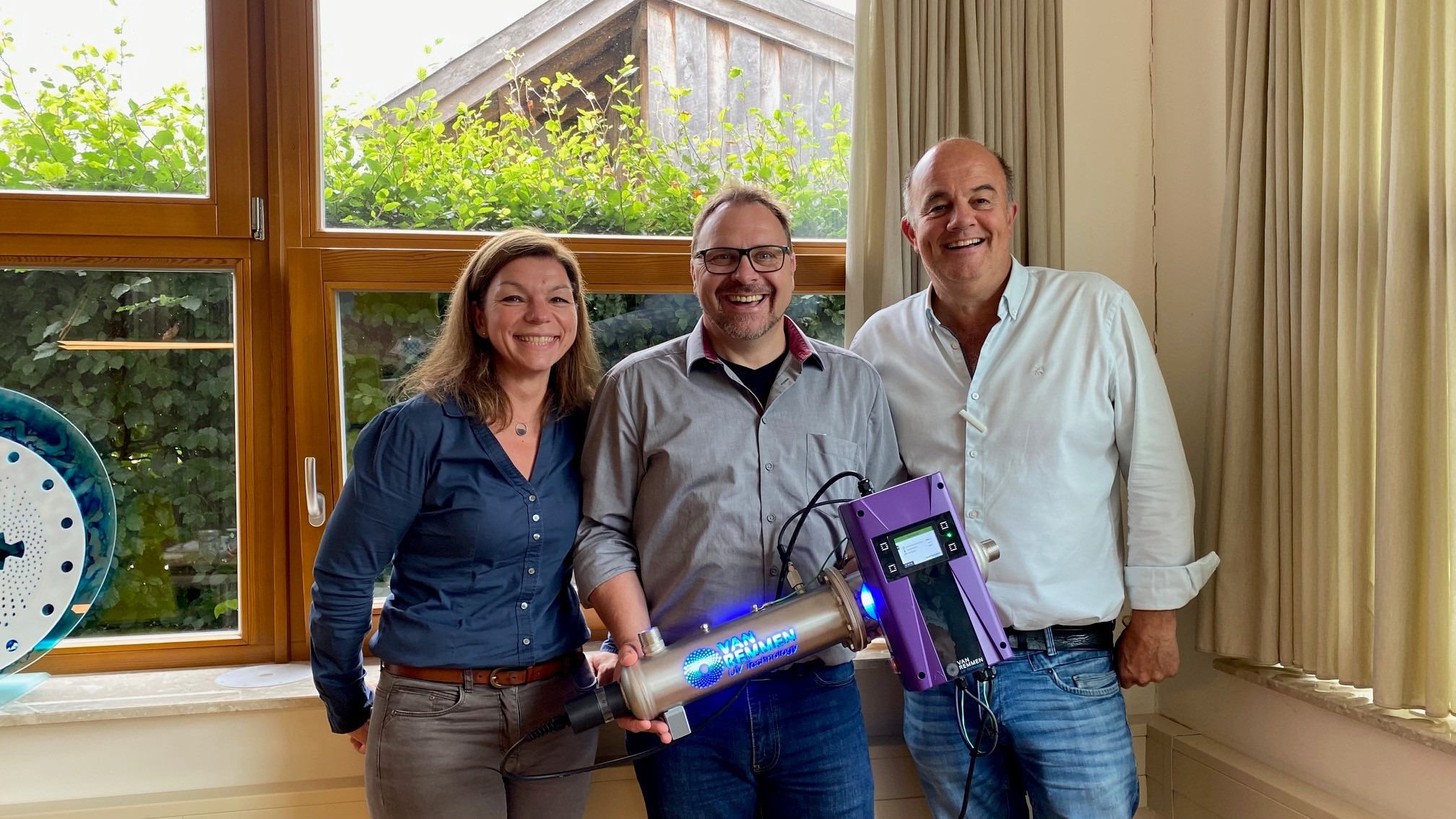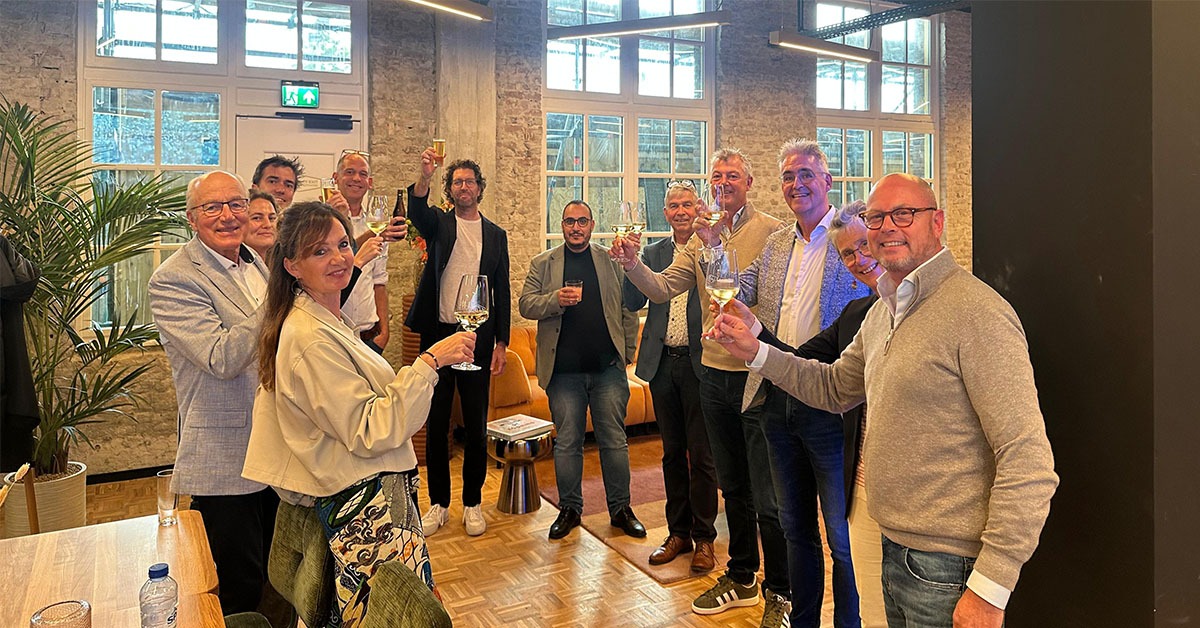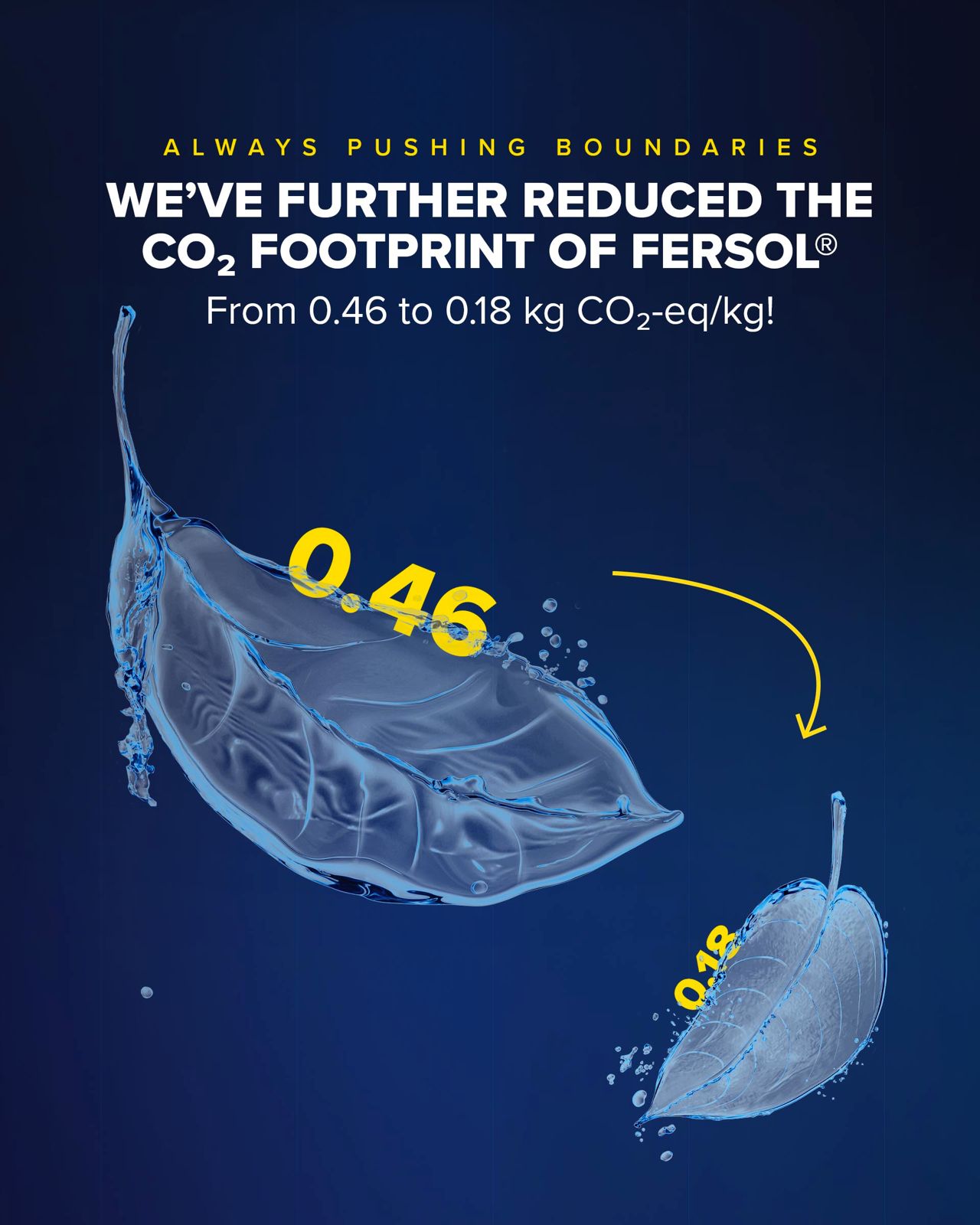From a ‘plastic waste scoop’ to the smart box, a portable water treatment unit – nine promising companies are competing for this year’s WIS Award, the biennial prize from network organization Water Alliance for the best innovation in water technology. All nominees got the podium at the WaterLink Symposium in Leeuwarden to pitch their innovation.
The presentation was a warm-up round. This fall, the winner will be chosen after a new pitching session during the European Water Technology Week, the international congress of Water Alliance, Wetsus and the Center of Expertise Water Technology (CEW) in September.
The candidates
Marissa de Boer from Susphos presented Susfire. This SusPhos technology upgrades various waste streams from wastewater to directly marketable phosphate products. With the patented SusPhos process, residual flow can be upgraded to high quality, market-based products such as flame retardants and fertilisers at competitive prices.
Rinze de Vries from Noria pitched about the Plastic Waste Shovel that creates plastic from the rivers. The design, with a paddle wheel that works on the flow of the river, transports the trapped waste through the hollow axis to the side, where it is collected and periodically disposed of.
The Smartbox from Jotem is based on membrane technology, but in an update the portable installation can also be used for nanofiltration and reverse osmosis. The box removes bacteria, viruses, colors, odor, metals and salts from water. The armed forces use the box for water treatment in basic camps, but it is also suitable for use in disaster areas, pitiful Gerrit Dommerholt.
Bart van den Berg from Befil Pure Cleantech presented the VBBR Vortec Biochip Bed Reactor. The biological filter removes the dissolved pollution from the water with the help of bacteria and works very effectively, Van den Berg argued. The flow of the circulation pump creates a vortex flow that requires no extra energy. The self-cleaning reactor is compact with a small footprint.
Mathieu Wolfs from O3 systems pitched the FOX Friendly Oxidation, the cleaning of water with a laser source. The claim is that “almost all” harmful compounds in water are cracked photochemically. The Excimer laser is filled with Xenon gas, which supplies a lot of radiant energy. “This technology is the last option to crack highly harmful non-biodegradable compounds into biodegradable compounds.”
René Willems from Semiotic Labs brought SAM4 to the attention. The technology provides insight into the condition, performance and energy consumption of connected assets and consists of sensor hardware, analytics and a dashboard that makes real-time monitoring possible. Willems: “This allows us to see at a very early stage when a pump will fail.”
CTS Twente has developed CMF units. The technology concentrates solids in liquids and compresses them into a filter cake with a dry matter content of more than 40 percent. Einte Holwerda explained that the installation can be used to separate algae from water or from biopolymers. Other applications: Compacting solids from wastewater treatment and fermentation installation and compressing fungi from a bio-fermenter.
The Portuguese Claudia Sousa pitched the Tubular FO for Berghof Membrane Technology – “an innovation in membrane technology”. The technology of tubular forward osmosis (TFO) uses less energy, is more resistant to pollution and is “designed for dewatering and concentration for different streams”. Sousa: “A green technology.”
Friso Vos de Wael of Royal Brinkman explained that Nanobubble technology “significantly” improves water quality for horticulturalists in horticulture. The bubbles increase the oxygen content in irrigation water. Thanks to the nanobubbles, crops are better able to absorb nutrients, which improves health, yield and crop cycle.
Source: h2o water network




